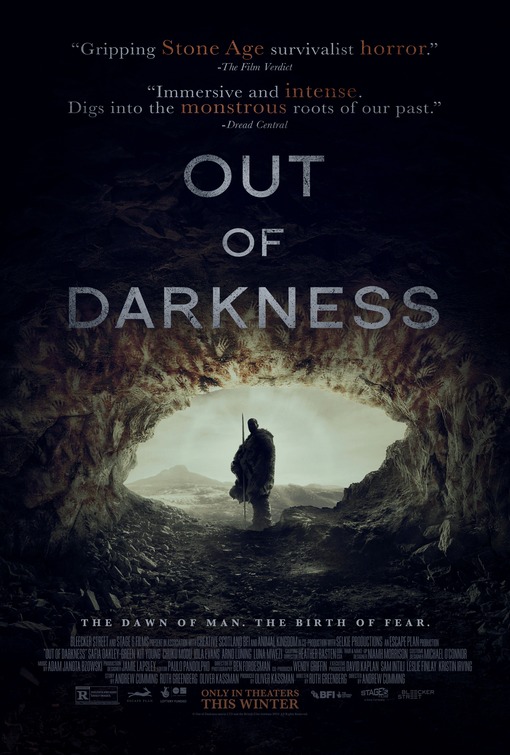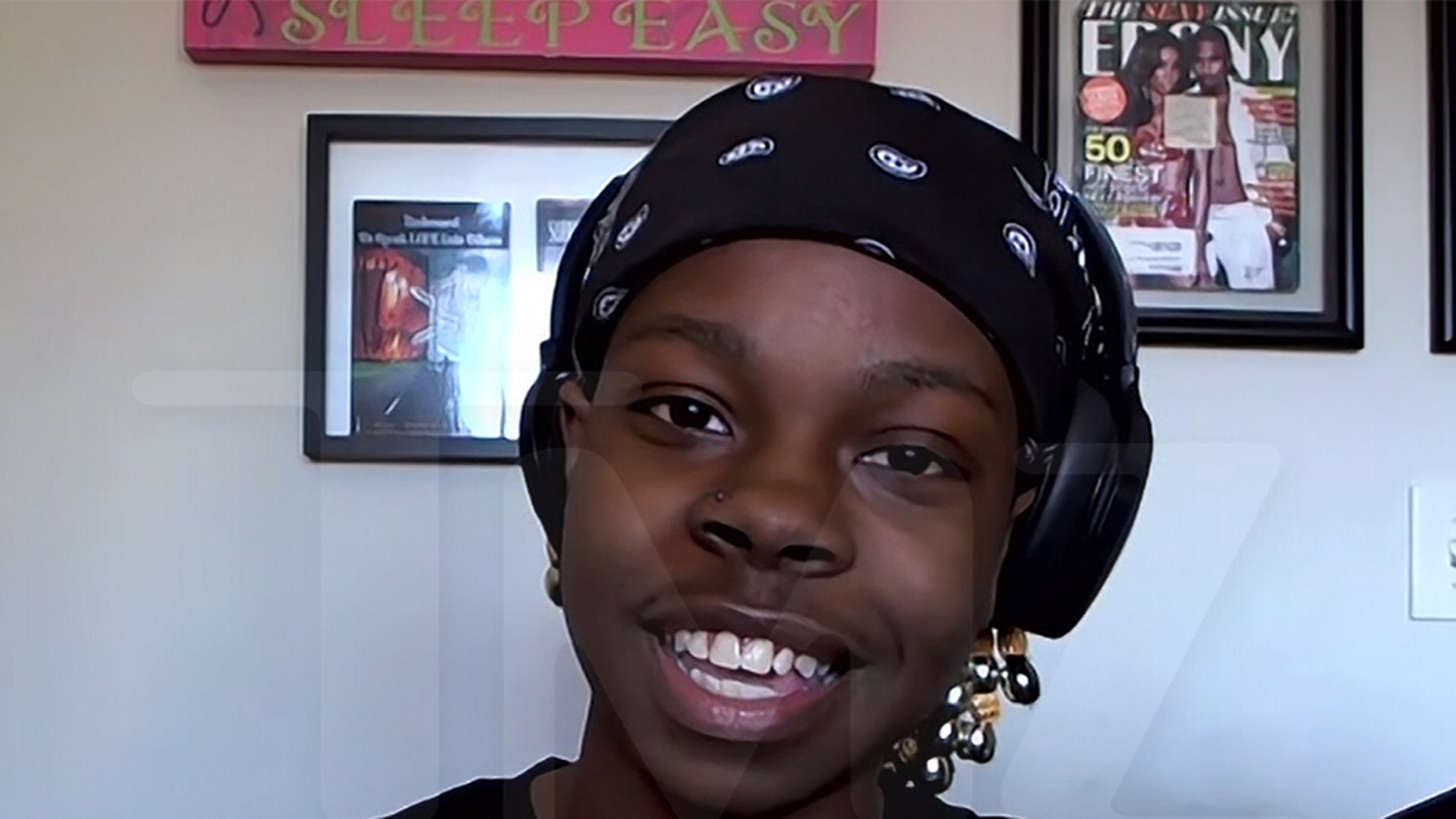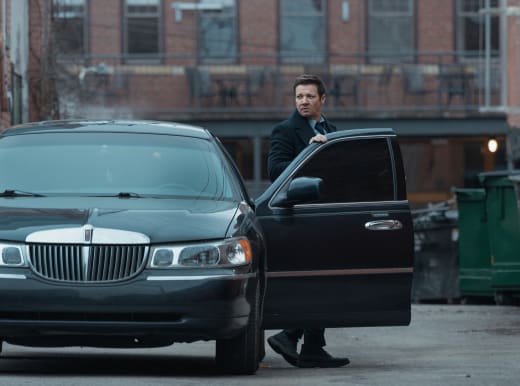
A prehistoric family finds them hunted by a ruthless creature in Out of Darkness, an atmospheric thriller that is a worthy watch even if it never quite finds its potential in the shadows.
Though it is set 45,000 years earlier, if this movie sounds just a bit like the 2022 movie Prey, you wouldn’t be wrong: it’s essentially Prey, only without the Predator.
Director Andrew Cumming sets the stage by tossing his ragtag crew–who never speak a lick of English, of course–into a dark, claustrophobic environment that is completely outdoors. Men, women, and children are snatched and absorbed into the blackness, their screams echoing into the night. The creature, which appears in glimpses as a frightening monstrosity, lurks just out of sight, consumed by fog and bleakness.
The atmosphere is Out of Darkness’s biggest selling point; Cumming nails it, turning the Scottish Highlands into bleak killing fields. The cast–a bunch of people you won’t recognize–is solid, too. Combined, you feel as if you’re in another millenia (as much as I liked Prey, one of its weaknesses was that the characters acted a bit too “modern” at times).
And yet Out of Darkness never quite comes into the light. The components are all there, but the movie doesn’t achieve the level of suspense you can tell Cumming and crew were aiming for. A pulsing score attempts to mask its lack of real, sustained thrills, but you can see through the patchwork.
It’s strange, really, because Cumming comes so very close to making a vintage monster movie. He has the setting, he has the atmosphere, and the creature design is pretty cool, but synergy eludes him.
What would have helped: as much attention to the craftiness of suspense as given to the overall atmosphere, an increase in gore and violence (the movie boasts a few very brief gnarly scenes), and maintaining the creature threat in the final act.
Out of Darkness is a decent little thriller, but its inability to really feast on your fears holds it back. You could do worse, but then again, you could also watch Prey.
Review by Erik Samdahl unless otherwise indicated.













































































